This week, let’s dive into Digital Marketing news and cover topics in social media, video marketing, and SEO. Part of staying on top of the marketing industry game is to keep getting informed and updated to help you with your strategies. In fact, 56% of people say they’re afraid they’ll miss out if they don’t stay on top of what’s happening on social media. (MyLife.com). So what could this mean for us Marketers? The fear of missing out is actually experienced by many, with the desire to stay connected with what others are doing. It’s that anxiety you feel that you are missing out on having a great and rewarding experience. With this idea, it’s important to note that you always have to be honest and transparent with your customers. It’s a great responsibility in our hands to maintain their trust and give them helpful and valuable content through our social media channels. Spreading the correct message through your Facebook posts, tweets, or youtube videos is a good way to build brand recognition and loyalty.
B2B Marketing News: CMOs & Influencer Marketing See Pandemic Shifts, Virtual B2B Events Here To Stay, & New Social State of Digital Study
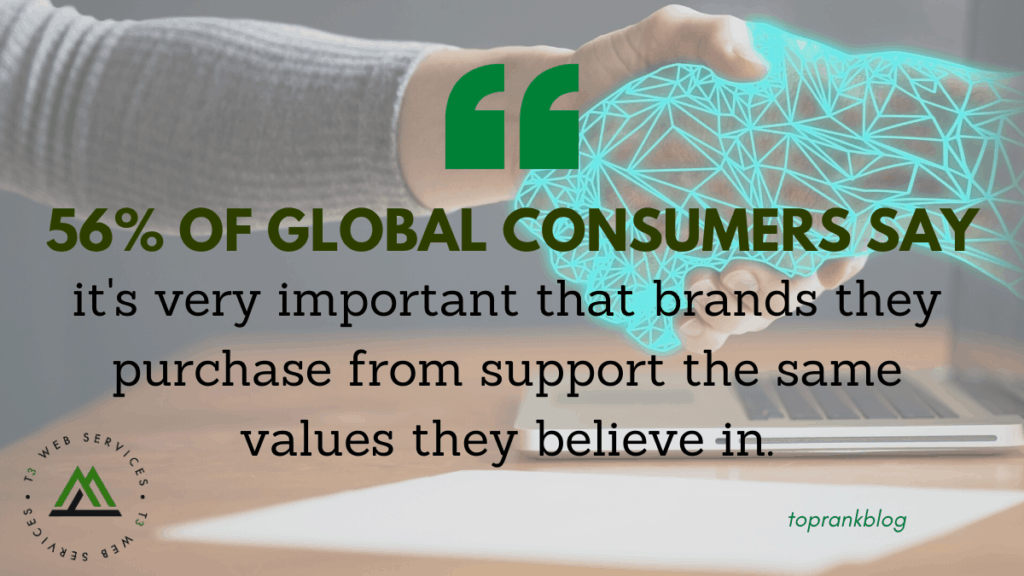

Most CMOs expect role to change as a result of Covid-19, finds LinkedIn
Nearly 75 percent of chief marketing officers believe their role as CMO will change due to the pandemic, to include more branding and greater internal communications, according to recently-released survey data of interest to digital marketers. The Drum
6 Ways COVID-19 has Impacted B2B Influencer Marketing
During the pandemic social media users increased their engagement levels with content from industry influencers, lead by the technology industry, which saw a 440 percent increase from 2019 to 2020 — one of several findings of interest to online marketers in recently-released Onalytica report data. Onalytica
Most B2B Exhibitors Will Continue Virtual Events Post-Pandemic
68 percent of B2B organization executives see the virtual elements of future physical events creating a continuing hybrid, with the top event value metrics being virtual exhibitor booth traffic and attendees taking part in sponsored sessions and activities, according to newly-released survey data. Marketing Charts
How The Pandemic Has Changed Video Content And Consumption
Video consumption rates have risen during the pandemic, with Cisco estimates predicting that a full 82 percent of new content creation will be in the form of video, and Forbes takes a look at the rise of relatable video content in 2021. Forbes
Digital 2021: the latest insights into the ‘state of digital’
Video has more engagement power than ever, as 63 percent of consumers now say that they always or often finish watching a video in a single viewing, one of numerous statistics and findings in the recently-released nearly 300-page annual state of digital report from Hootsuite and We Are Social. We Are Social

https://www.toprankblog.com/2021/02/b2b-marketing-news-020521/
Finding Keyword Opportunities Without Historical Data
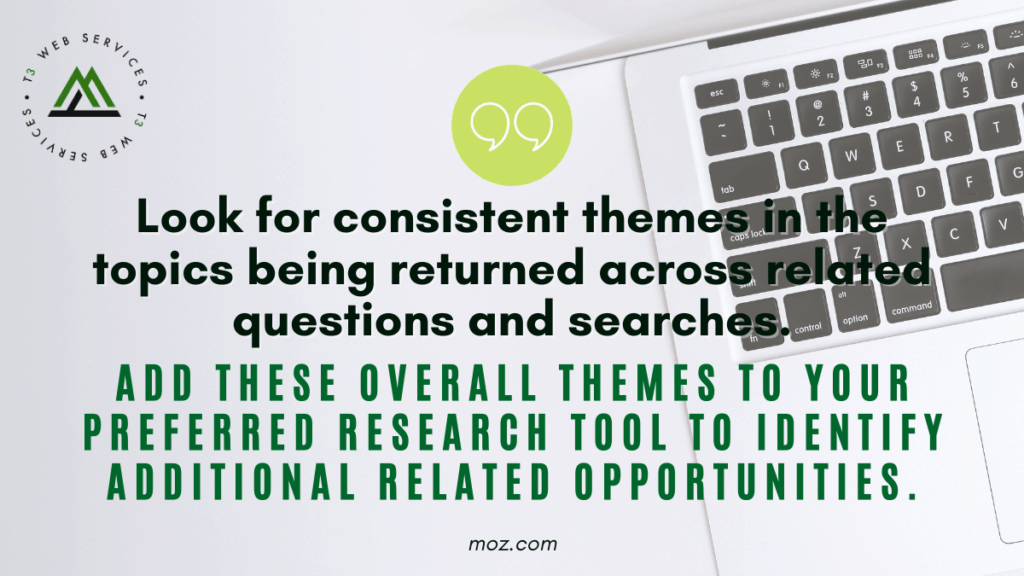

So, we know there are huge amounts of searches available, with more and more being added every day, but without the data to see volumes, how do we know what we should be working into strategies? And how do we find these opportunities in the first place?
Finding the opportunities
The usual tools we turn to aren’t going to be much use for keywords and topics that haven’t been searched in volume previously. So, we need to get a little creative — both in where we look, and in how we identify the potential of queries in order to start prioritizing and working them into strategies. This means doing things like:
- Mining People Also Ask
- Scraping autosuggest
- Drilling into related keyword themes
Mining People Also Ask
People Also Ask is a great place to start looking for new keywords, and tends to be more up to date than the various tools you would normally use for research. The trap most marketers fall into is looking at this data on a small scale, realizing that (being longer-tail terms) they don’t have much volume, and discounting them from approaches. But when you follow a larger-scale process, you can get much more information about the themes and topics that users are searching for and can start plotting this over time to see emerging topics faster than you would from standard tools.
Refining topic research
Although the usual tools won’t give you that much information on brand new queries, they can be a goldmine for identifying additional opportunities around a topic. So, if you have mined the PAA feature, scraped autosuggest, and grouped all of your new opportunities into topics and themes, you can enter these identified “topics” as seed terms to most keyword tools.
Google Ads Keyword Planner
Currently in beta, Google Ads now offers a “Refine keywords” feature as part of their Keyword Ideas tool, which is great for identifying keywords related to an overarching topic.
Forming a plan
Once you’ve got all of the data, you need to be able to formalize it into a plan to know when to start creating content, when to optimize pages, and when to put them on the back burner for a later date.

https://moz.com/blog/find-keyword-opportunities-without-historical-data
Google’s updated phrase match simplifies keywords and worries advertisers
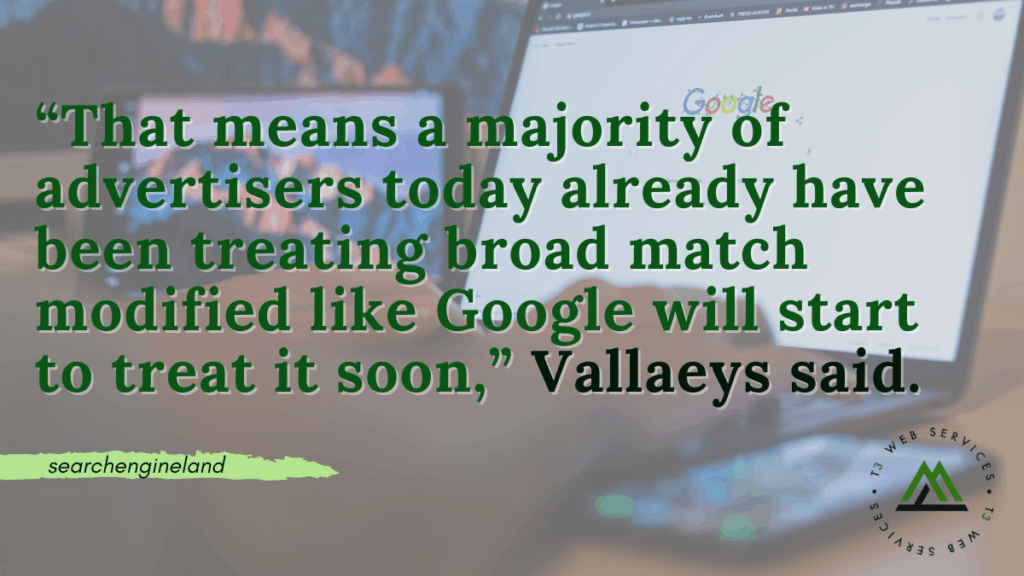

Google’s recently announced updated treatment of phrase match to include broad match modifier (BMM) traffic is the latest in a series of changes its made to its keyword match types. These changes place the emphasis on machine learning and automation over manual inputs from advertisers.
There has been a mixed reception from advertisers, with some acknowledging how similarly BMM and phrase match have behaved, and others denouncing the change as a move to strip away more data and controls from advertisers so that Google can extract as much profit from auctions as possible.
While the updated phrase match speaks to an overarching trend, advertisers still have to ensure that their campaigns are performing, and to that end, PPC experts have also provided tips on what to do ahead of the change and as it rolls out.
Updated phrase match is a tradeoff for advertisers
Google has repeatedly stated that the match type changes it has made help businesses reach more customers and save time, but advertisers are in disagreement about whether the tradeoff between automation and control and data transparency is really in their best interest.
What advertisers may be gaining. Eliminating BMM may help advertisers save time simply because they’ll have fewer options. The amount of time spent optimizing campaigns is often an issue for smaller accounts, said Matt Van Wagner, president of Find Me Faster, caveating, “The rub of it is that machine learning doesn’t really help small accounts, it really only helps bigger accounts.” “I think this actually exacerbates economic inequality because the larger advertisers can afford to invest in things in a way that the smaller ones can’t,” he added, “And smaller ones don’t have enough data to be able to get machine learning advantages.”

Google: Removing Blog Comments May Impact Search Rankings
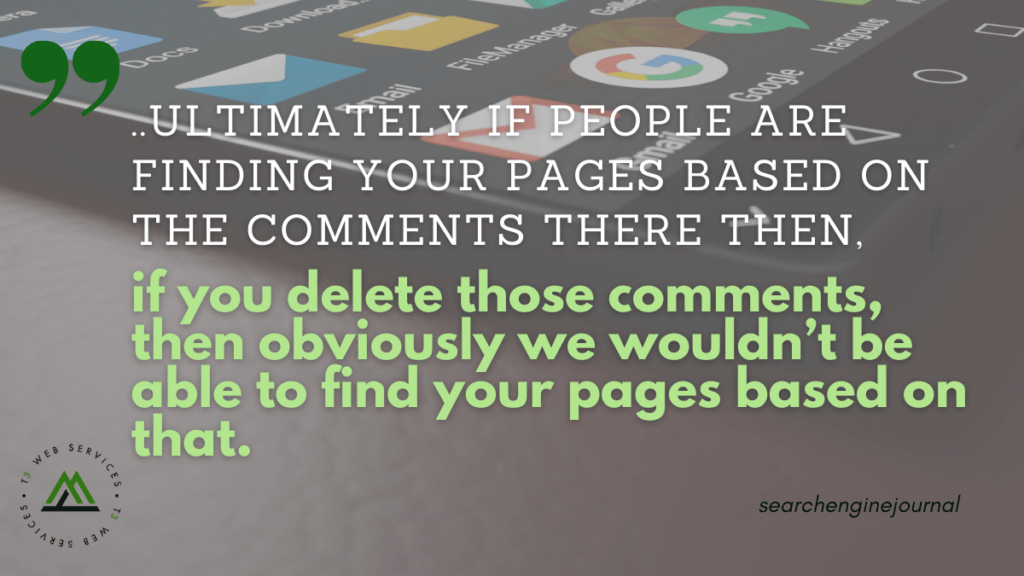

Google’s John Mueller advises site owners that removing all comments from a website may adversely impact search rankings.
Mueller offers this advice during the Google Search Central SEO hangout recorded on February 5.
A question is submitted by a site owner asking whether blog comments are factored into Google’s search rankings. They want to remove comments from their site and ask if that can be done without losing rankings.
The short answers are:
- Yes, Google factors comments into the ranking of web pages.
- No, it’s unlikely comments can be removed from a site without impacting its rankings.
John Mueller on Removing Comments
Mueller doesn’t make any recommendations on removing comments or not. That’s up to each individual site owner to decide.
In his response to the question, Mueller offers details that can help inform the decision of whether to go through with removing comments.
Site owners should be aware that Google sees comments as part of the content. If a comment contains information a searcher is looking for then it can help a page get surfaced in search results.
However, Mueller notes that Google is able to distinguish the comment section from the main content, so comments up being treated differently.
There are cases where comments can be valuable to pages if they offer additional information beyond what is included in the main content. But that’s not always the case, and sometimes they offer little to no value.

https://www.searchenginejournal.com/google-removing-blog-comments-may-impact-search-rankings/395400/
Take Control of Your Social Media Success With This Plan
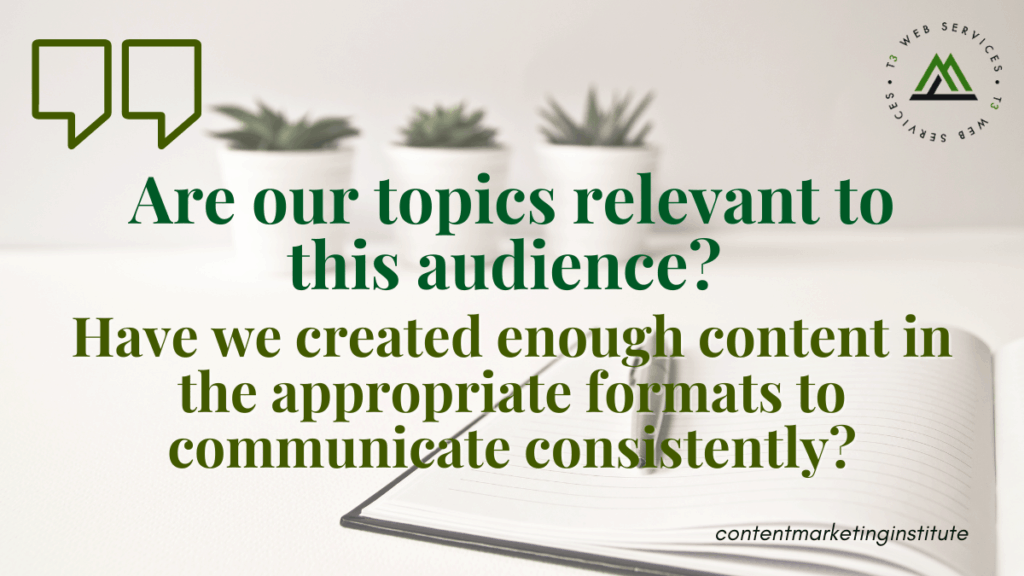

Social media can be a tough nut to crack. The rules, opportunities, audiences, and value propositions vary greatly from one channel to another – and can shift gears without notice.
The one thing to conquer those social media concerns is a channel plan – an advanced directive for how your brand manages its content on these evolving platforms. It also spells out what you should (and shouldn’t) expect to achieve.
Think precision
Many brands mistakenly assume they must distribute content anywhere and everywhere to maximize its reach. But plastering your brand’s content across every social network, trendy news site, and video platform is not a channel plan. It holds no regard for whom it reaches, how they might be impacted, or how that impact might reflect on the business.
Remember: Your content marketing strategy should define your social media marketing strategy. Evaluate each social channel against your business goals and audience needs. Turn this evaluation into an actionable plan so everybody on your team will know where, when, and what they should post on each channel and what their efforts are meant to achieve.
Make informed decisions
The channel-planning process involves three steps: (1) understanding the platform’s value proposition, (2) creating your brand’s use case for engagement, and (3) ensuring everyone on your team works from the same set of guidelines. Let’s look closer at each one.
1. Value propositions for social media channels
Each channel and its core community’s engagement preferences play major roles in deciding if your content is a good fit. Your audience might be open to connecting with your brand in a Twitter chat but reserves Snapchat for personal conversations. Authoritative long-form content might play well on LinkedIn or Medium, while memes, mash-ups, and captioned photos are more appropriate for platforms like Instagram.
It’s important to familiarize yourself with the characteristics of each channel and its corresponding community before joining the conversation. Use this helpful tip sheet from Aaron Agius as a primer for matching the content to the best distribution channel to achieve your brand’s goals.
2. Use case for social channels
With a short list of potential channels in hand, map existing content assets to their most appropriate distribution channels. Remember to consider the content experiences audiences expect, determine if you have the resources to meet those expectations, and evaluate the potential to deliver meaningful business results with your efforts.

https://contentmarketinginstitute.com/2021/02/control-social-media-success-plan/
Google hiding addresses in local pack and should you write meta descriptions: Tuesday’s daily brief
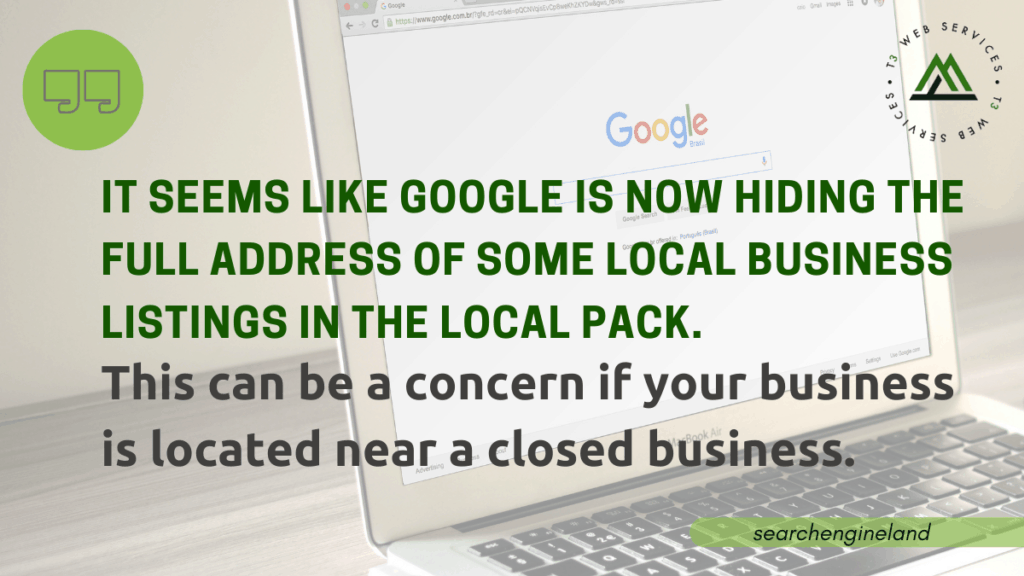

Google publishes new manual actions aimed at Google News and Discover penalties
Google has released a new set of manual action guidelines for publishers appearing in the Google News and Discover spaces. The manual actions warrant penalties for content violations including adult content, manipulated media, misleading content, and profanity.
Any publisher found to be violating the policies in Google News or Google Discover may be dropped from search results.
Is it worth writing meta descriptions?
Google rewrites meta descriptions over half the time according to research by Michal Pecánek from Ahrefs. What’s interesting is that this percentage fluctuates based on the length of the search term. It makes sense that longer tail searches may require more specific meta descriptions than a brand may write. Pecánek also found that “keeping your meta descriptions within [character] limits doesn’t change the probability of Google rewriting them much.” Most sites have too-long meta descriptions according to the data, so maybe this revelation isn’t as groundbreaking, though.
Many SEOs debate the importance of creating unique meta descriptions. It can definitely help with click-through-rate from SERPs, but, for most, it’s often a low priority SEO task. Will the news that Google overwrites our work make us less likely to spend time on it?

5 Underused Video Ideas to Generate Leads
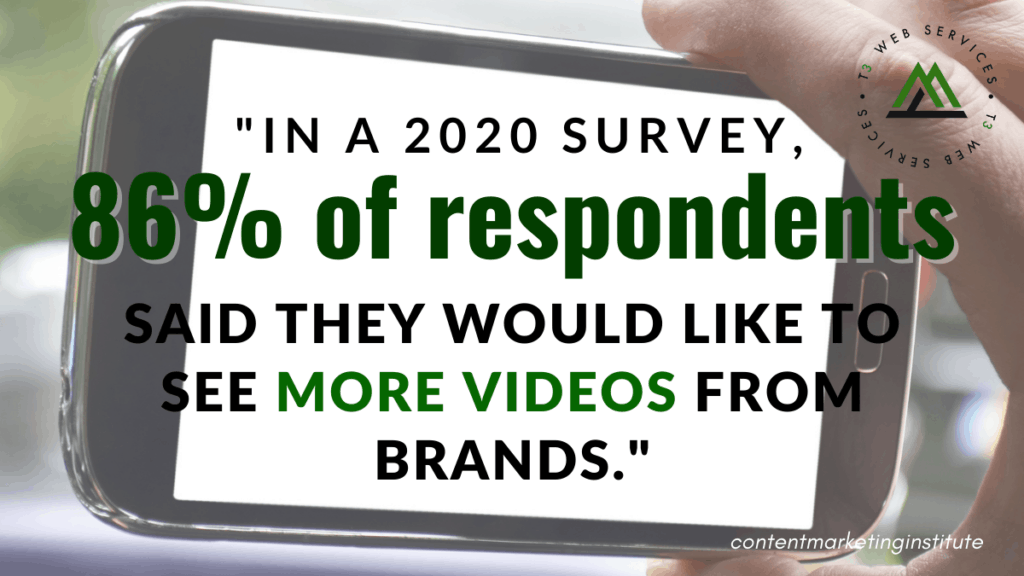

1. Add an effective call to action
Whether you upload a short Instagram Reel or a long YouTube video, encourage viewers to take action. It could be one of many options based on your goals – visiting your site, making a purchase, subscribing to your channel, signing up for a newsletter, etc.
Clearly communicate what you want them to do with an effective call to action. For instance, “Download now” or “Share with your friends.”
If your video is long, add CTAs at frequent intervals throughout the video. With YouTube, you can add cards and annotations for specific CTAs. Make sure the CTA is relevant and timed to direct the viewer on what they should do to engage with your brand.
2. Add a video to landing pages
Landing pages are designed to generate more leads. They are optimized to entice qualified leads. To make them more engaging and informative, you can incorporate videos on them.
Videos enable you to convey more information without using too much text. You can detail the main topic in the video and use the page’s text – headline and CTAs – to give it more context.
3. Add videos to email campaigns
However, using videos in emails isn’t straightforward. Providers such as Outlook and Gmail do not accept emails with embedded videos. Even if the provider allows embedded video, the recipient’s device may not.
To solve this problem, you can add a link to your video in your email. Alternatively, you can use specialized platforms for email marketing. BombBomb, Vidyard, Hippo Video, and other such software solutions have special integrations for Gmail and Outlook to make it easier to incorporate videos into your emails.

https://contentmarketinginstitute.com/2021/01/video-ideas-generate-leads/


Leave a Reply